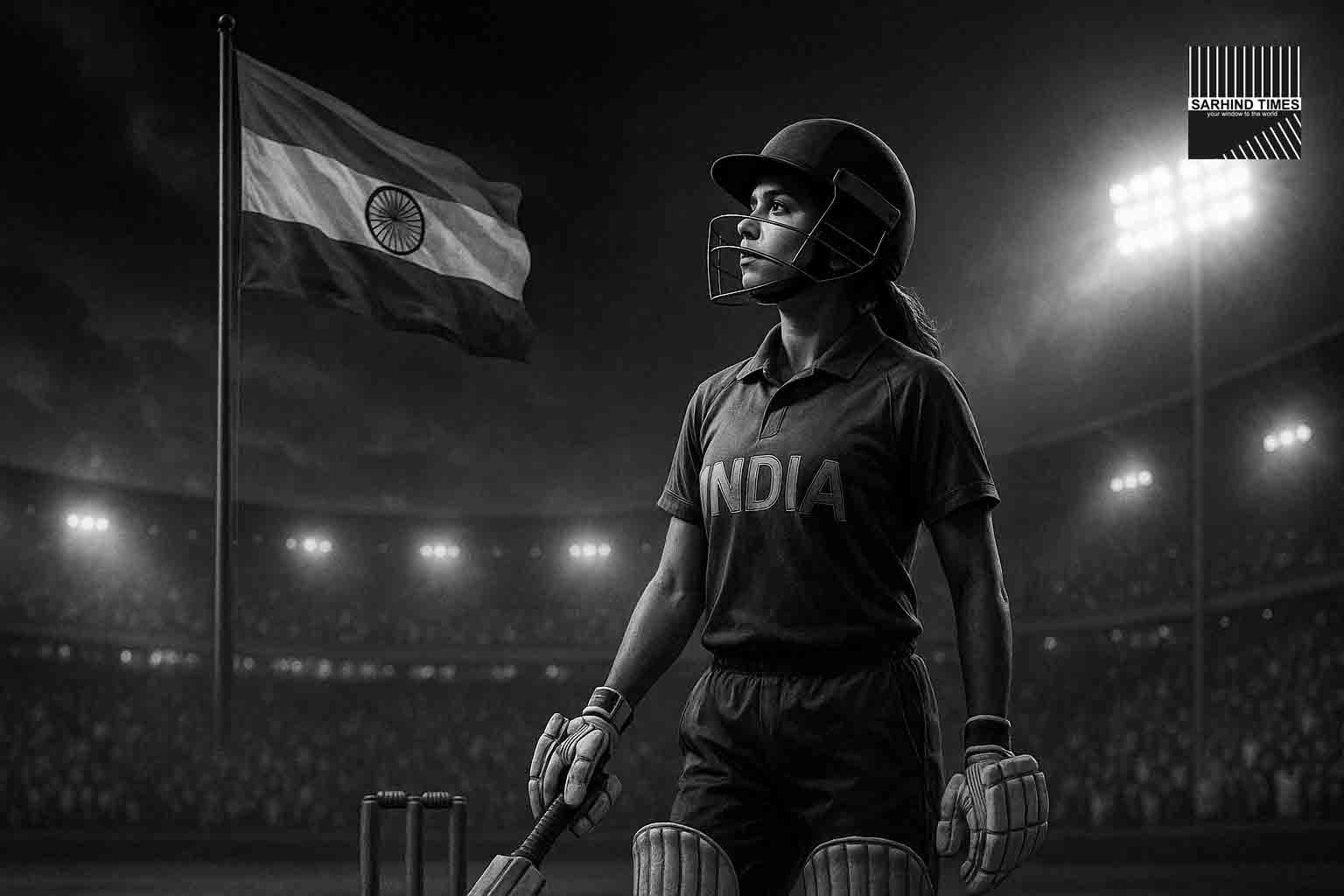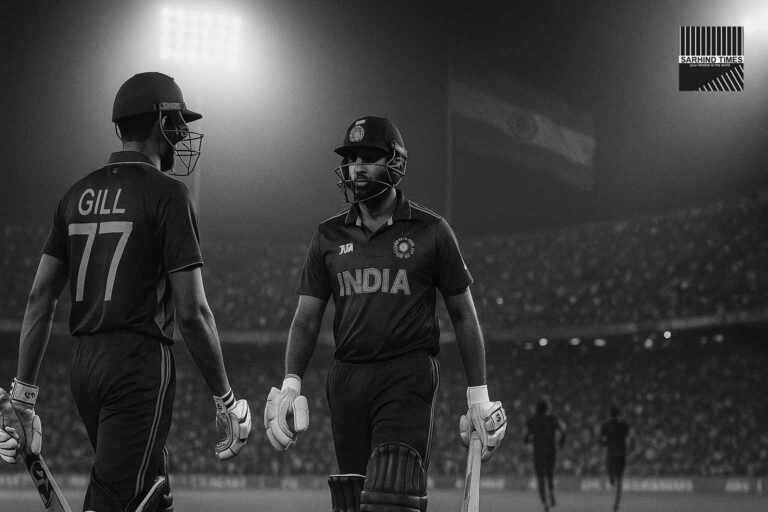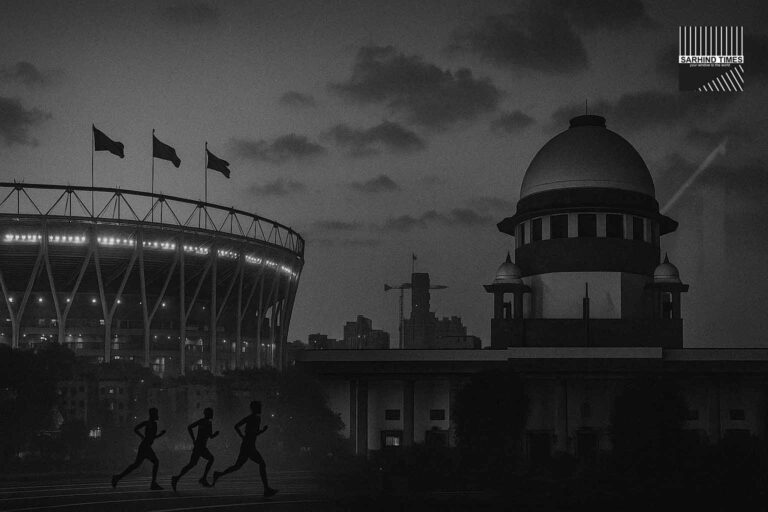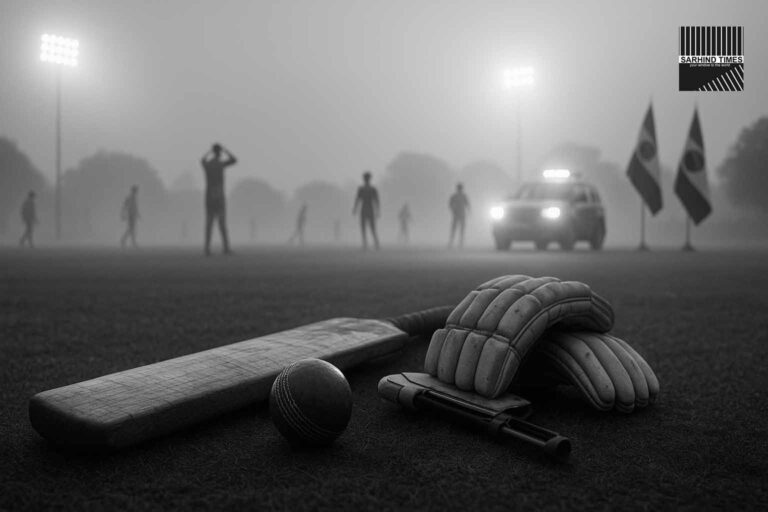By Sarhind Times Sports & Society Desk
Mumbai, Sept 30
For Anaya Bangar, cricket is not just a game — it is a dream of belonging, recognition, and glory. The trans woman, who first found public visibility through reality television, has now set her sights on a loftier goal: to represent India and bring home a Cricket World Cup.
Her declaration, shared in a recent interview, has reignited conversations around inclusion in Indian sport, and more specifically, how federations, academies, and policymakers can support transgender athletes striving for excellence on the field.
🚨 A Personal Dream, A Public Debate
- Anaya’s words were simple yet powerful: “I want to play for India and one day bring the World Cup home.”
- For many fans, it was a motivational statement, one that humanizes the broader debate on diversity in sport.
- For administrators, it raises practical questions: How do we create fair, transparent, and humane pathways for transgender participation in competitive cricket?
The Larger Context: Transgender Athletes in India
- India legally recognized the “third gender” in 2014 (NALSA judgment).
- Several state-level sports boards have since experimented with trans-inclusive events.
- However, mainstream competitive pathways — from academies to national trials — remain uneven and unclear.
Cricket, governed by the BCCI, has not yet issued a formal inclusion framework, unlike athletics or weightlifting federations that reference international policies.
Global Precedents
- IOC Guidelines: The International Olympic Committee has issued evolving guidelines on transgender participation.
- Cricket Australia: Has a trans inclusion policy that balances fair play and anti-discrimination.
- UK Sports Bodies: Provide funding for grassroots mentorship and safe changing-room access.
Experts argue that India can draw from these frameworks while tailoring rules to its cultural and sporting realities.
Advocates Speak
LGBTQ+ Rights Activist, Delhi:
“Anaya’s dream reminds us that inclusion isn’t abstract — it is about real people with real talent. Federations must step up with policies, not just statements.”
Sports Sociologist:
“Inclusion is not just about eligibility at the elite level. It starts with grassroots — safe training facilities, mentorship, and role models.”
Challenges on the Ground
- Access to Training Infrastructure: Many academies still hesitate to admit trans athletes.
- Changing Spaces: Lack of safe locker rooms deters consistent participation.
- Selection Policies: Absence of formal guidelines creates ambiguity at state and national trials.
- Discrimination: Social stigma and bullying remain persistent barriers.
The Role of Federations
Sports bodies must move from intent to implementation:
- Eligibility Criteria: Clear, science-based, and respectful of human dignity.
- Anti-Discrimination Safeguards: Robust grievance redressal within sports institutions.
- Awareness Campaigns: To build acceptance among coaches, peers, and fans.
- Mentorship Programs: Senior players guiding young trans athletes through adolescence.
Cultural Impact
Anaya’s presence in the public eye is symbolic:
- She represents a new kind of role model for aspiring athletes who often drop out due to stigma.
- Her dream resonates with fans who see cricket as India’s great unifier.
- Entertainment platforms gave her visibility; now sport may offer her legitimacy.
Fans React
- On Social Media: Many users hailed her courage and ambition.
- In Stadiums: Fans said inclusion could add richness to India’s cricketing story.
- Parents’ Associations: Some urged federations to move carefully, balancing fairness with opportunity.
Conclusion
Anaya Bangar’s dream of lifting a World Cup for India is not just a personal aspiration — it is a collective challenge for Indian sport. Inclusion cannot remain a panel discussion topic; it must translate into training access, fair trials, safe spaces, and policy clarity.
If realized, Anaya’s journey could mark a milestone in making Indian cricket not just a powerhouse of performance but also a beacon of diversity.
#Entertainment #Inclusion #Cricket #TransAthletes #SportsPolicy #India #Diversity #Inspiration #EqualityInSports #RoleModels

























+ There are no comments
Add yours